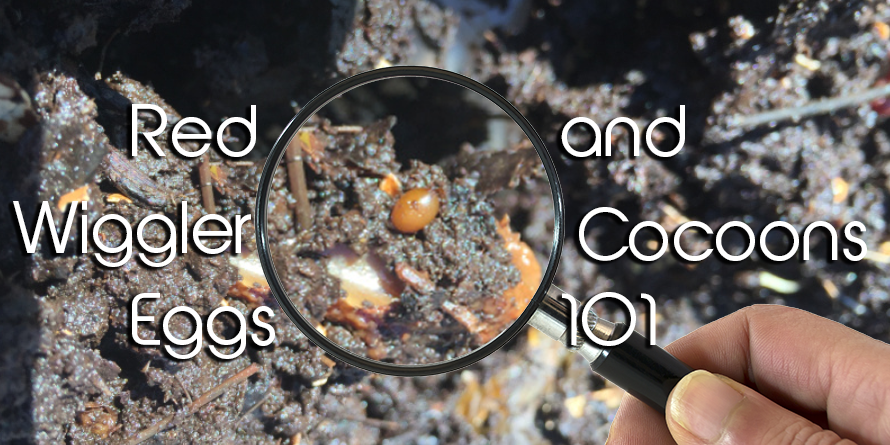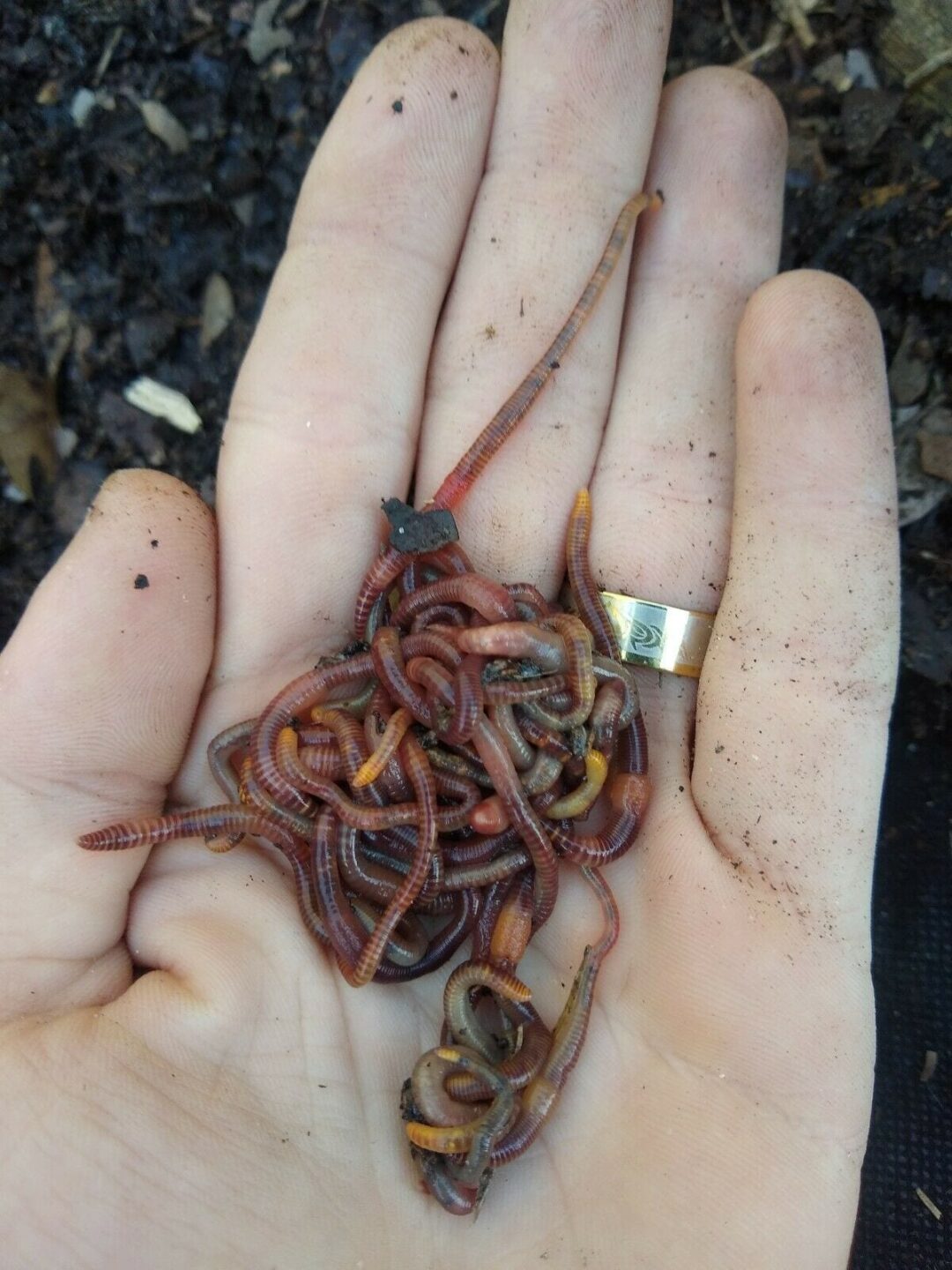Red Wigglers: The Unsung Heroes of Organic Waste Recycling
Red wigglers, or Eisenia fetida, offer as critical agents in the organic waste reusing process, changing thrown out products into valuable vermicompost. As the world increasingly looks for solutions to battle waste accumulation and improve farming productivity, comprehending the role of these worms ends up being crucial.
What Are Red Wigglers?
The impressive durability of red wigglers, medically called Eisenia fetida, highlights their vital duty in natural waste recycling. These tiny, reddish-brown earthworms are normally located in decaying organic matter, such as compost heap and manure lots. Lake Hickory Bait. Unlike other earthworm varieties, red wigglers thrive in nutrient-rich environments and are extremely efficient at breaking down organic materials, making them necessary for vermicomposting

(Red Wiggler Express)Along with their function in waste reduction, red wigglers add to dirt wellness by enhancing soil framework and aeration with their tunneling tasks (Lake Hickory Bait). Their visibility in composting systems not only improves decay rates yet also advertises a lasting method to waste management, showing their relevance in ecological conservation efforts
Advantages of Composting With Worms
Composting with worms, particularly red wigglers, provides various advantages that enhance both waste management and soil wellness. These worms efficiently break down natural waste, converting it right into nutrient-rich vermicompost that improves dirt. This process speeds up decomposition, permitting a much faster recycling of kitchen scraps and other organic products compared to conventional composting techniques.
Furthermore, the vermicompost produced by red wigglers is brimming with beneficial microorganisms, which assist enhance soil framework, oygenation, and moisture retention. This improves the total wellness of plants, promoting energetic development and boosted returns in yards and farming settings. In addition, using worms in composting lessens the manufacturing of greenhouse gases, such as methane, adding to an extra sustainable waste management system.

Just How to Beginning Vermicomposting
Developing a vermicomposting system is an uncomplicated process that can generate significant advantages for both waste monitoring and dirt enrichment. To begin, choose an appropriate container, such as a plastic container or wooden box, with adequate ventilation openings to ensure correct airflow. The measurements need to ideally be around 2 feet by 3 feet, allowing adequate area for the worms to thrive.
Next, prepare bed linen product, which can consist of shredded paper, cardboard, or coconut coir. This bed linens should be dampened to produce a suitable habitat for the worms. When the bed linens is in place, introduce red wigglers (Eisenia fetida) right into the container, generally around one extra pound of worms for every square foot of surface location.
Adhering to the placement of worms, include natural waste, such as vegetables and fruit scraps, coffee premises, and smashed eggshells. Avoid including dairy products, meat, or oils, as these can create smells and attract bugs. Position the container in a shaded, temperature-controlled area to keep optimal conditions for worm activity. With these steps, you will properly launch a vermicomposting system that adds to sustainable waste monitoring and improves your dirt.
Maintaining a Healthy And Balanced Worm Bin
(Red Wiggler Express)Keeping a worm container flourishing calls for routine focus and like ensure the wellness of the red wigglers and the efficiency of the composting procedure. Correct maintenance starts with keeping track Go Here of the dampness levels; the bin needs to be moist yet not waterlogged. A great rule of thumb is to preserve an uniformity similar to a wrung-out sponge.
Aeration is critical as well. Carefully blending the bedding and food scraps every few weeks prevents compaction and makes sure that all worms have accessibility to oxygen. Additionally, it is crucial to feed the worms suitably. A balanced diet plan of vegetables and fruit scraps, coffee premises, and crushed eggshells ought to be used in small amounts to stay clear of overfeeding, which can bring about smells and bugs.
Temperature policy is one more crucial element. Red wigglers prosper in an array of 55 to 77 levels Fahrenheit. If the container comes to be too hot or cold, the worms may become stressed - Lake Hickory Bait. Lastly, periodically check for signs of health, such as worm population growth and the presence of healthy spreadings. By diligently managing these aspects, one can keep a robust and effective worm container.
Influence On Lasting Living
The successful maintenance of a worm container not only benefits the wellness of red wigglers however likewise adds dramatically to lasting living practices. By reusing natural waste, such as kitchen scraps and backyard debris, red wigglers help draw away considerable amounts of material from land fills. This decrease in waste not only lowers greenhouse gas discharges but additionally lessens the environmental worry related to waste monitoring.
Additionally, the castings created by red wigglers work as a nutrient-rich natural fertilizer, boosting soil wellness and promoting plant development. This natural choice to chemical fertilizers sustains sustainable farming and horticulture methods, reducing reliance on artificial inputs that can hurt ecosystems. Furthermore, worm composting cultivates understanding of waste monitoring, encouraging people and communities to embrace even more sustainable routines.

Verdict
In recap, red wigglers offer as important contributors to natural waste reusing with their efficient disintegration of natural materials. By integrating vermicomposting right into waste administration techniques, individuals and areas can substantially decrease waste while promoting ecological sustainability.